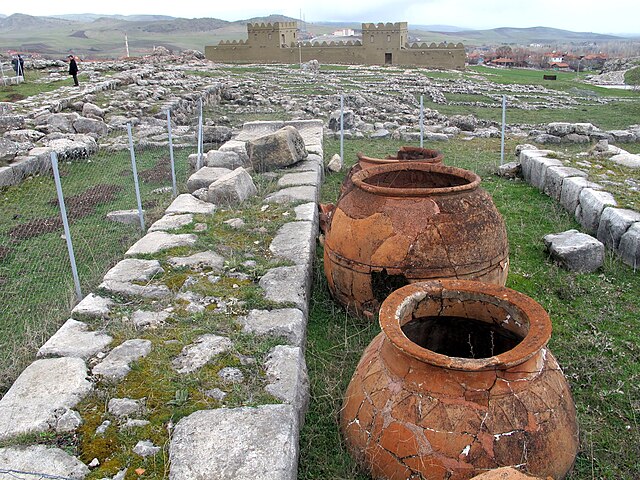Summary
Exploring the Ancient Capital
Hattusa, the ancient Hittite capital, sits in modern-day Turkey. This UNESCO World Heritage site echoes the power of a civilization that thrived over 3,000 years ago. Its impressive ruins spread across the landscape, including grand gates, temples, and towering fortifications. Visitors can connect with history by walking the ancient walls and exploring the royal archives. These contain fascinating cuneiform tablets that reveal secrets of the past. Hattusa is not just a testament to the Hittite empire; it forms a bridge between the modern world and ancient societies. Explorers and history buffs will find themselves transported to a time of innovation, conflict, and mythology.
Get your dose of History via Email
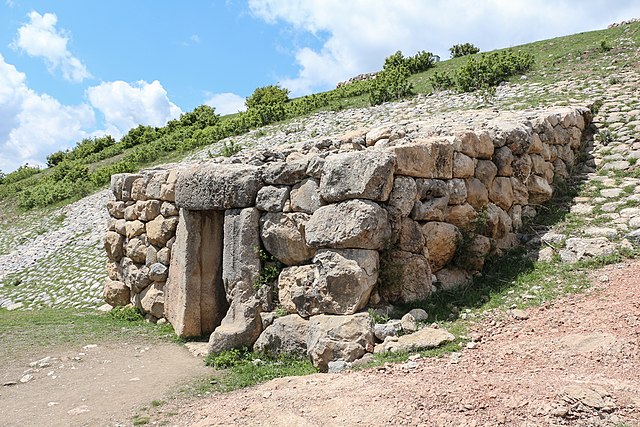
Understanding Hattusa’s Architectural Wonders
Hattusa is celebrated for its unique architectural achievements. Notable among these are the Lion’s Gate and the Sphinx Gate, which stand as testaments to the city’s grandeur. While the Lion’s Gate exudes defensive might, the Sphinx Gate beckons with a hint of mystery. Inside the city, the remains of the Great Temple honor the storm god Teshub, a central figure in Hittite worship. Archaeological discoveries depict a society that blended practicality in city planning with profound spirituality. This reveals their sophisticated approach to urban design and religious practice.
The Enduring Legacy of the Hittites
Hattusa provides a pathway into the legacy of the Hittites, influencers of ancient Near Eastern history. The Hittite laws, preserved in stone, show advanced concepts of justice and governance. Their military strategies and innovations changed the course of history, as seen in the chariot revolution. Moreover, their peace treaty with Egypt is one of the first known international peace accords. It underlines the Hittite role as diplomats and warriors. Hattusa is not just a collection of stones; it’s a symbol of human achievement and cultural evolution, inspiring visitors to delve into a past that still shapes our world today.
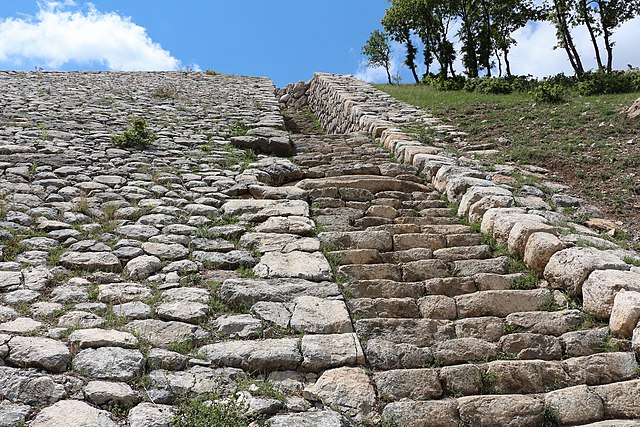
Historical Background of Hattusa
The Rise of the Hittite Empire
Hattusa, once the heart of the Hittite Empire, stood resilient on the Anatolian plateau. This empire, arising around 1600 BCE, became a powerhouse in the ancient Near East. Hattusa was chosen as the capital because of its strategic location. It lay between the rich plains and the rugged highlands. For centuries, it thrived as a political and cultural epicenter, forging a legacy in stone and clay. The Hittites’ culture and language spread far, influencing neighbouring civilizations.
Archaeological Discovery of Hattusa
The rediscovery of Hattusa in the 19th century marked a turning point in archaeology. German archaeologist Hugo Winckler unearthed the site with his team. They found thousands of clay tablets in a script then unknown to scholars. These artifacts were the missing pieces of Hittite history. Now, we can piece together the empire’s rise, dominance, and eventual fall. Scholars have translated these texts, revealing Hattusa’s profound influence on its era.
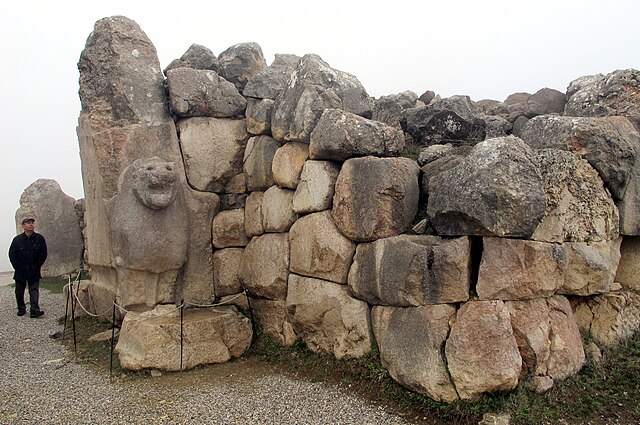
Hattusa’s Architectural Triumphs
Hattusa’s ruins speak volumes about the Hittites’ architectural ingenuity. The city’s walls, gates, and temples display a mastery of stonework and urban planning. The Great Temple and the royal palace were centers of power, while the city’s fortifications held steadfast against invaders. The network of tunnels and chambers beneath the city reflects their advanced engineering skills. Moreover, the royal archives contain a wealth of knowledge about their society.
At its zenith, Hattusa was the stage for religious rituals and political discourse. The temple complexes were not only places of worship. They also served as hubs for the community. The city’s storied past was shaped by kings, priests, and artisans. Together, they crafted a city that stood as a beacon of the empire’s might.
As the empire waned around 1200 BCE, so did Hattusa. Still, the city’s legacy endures through the monumental ruins left behind. Today, Hattusa offers an open book for history enthusiasts to read the tale of a once-great civilization. Its fall was shrouded in mystery, yet the city’s ruins serve as a poignant reminder. They tell us that even the mightiest of empires can fade, leaving behind echoes of their former glory.
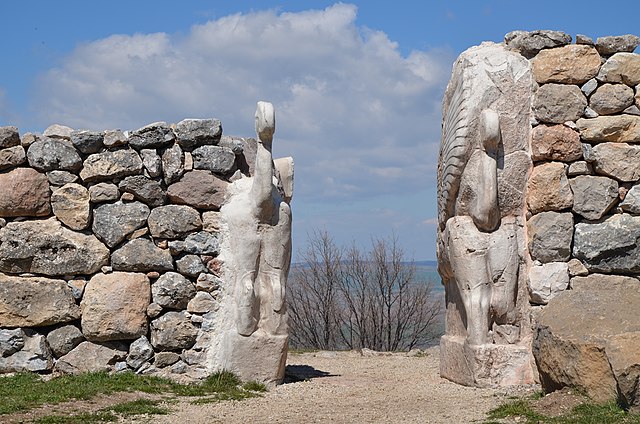
The Discovery of Hattusa
Unearthing an Ancient Capital
Intriguing clues led to Hattusa’s discovery near the village of Boğazkale, formerly Boğazköy, Turkey. A farmer found strange inscriptions in the area in the early 19th century. News of this find reached European scholars, sparking interest in a potentially significant archaeological site. By the end of the 19th century, expeditions set foot in this region, drawn by the allure of ancient wisdom. Their efforts laid the groundwork for a discovery that would stun historians and archaeologists alike.
Pioneering Excavations
The prominent German archaeologist, Hugo Winckler, led a groundbreaking excavation in 1906. With his team, he delved into the archaeological riches hidden in the ruins. They unearthed the Royal Archives of Hattusa. This incredible find comprised over 30,000 clay tablets inscribed with cuneiform script. These texts turned out to be one of the most substantial sources of information on the Hittites and their empire.
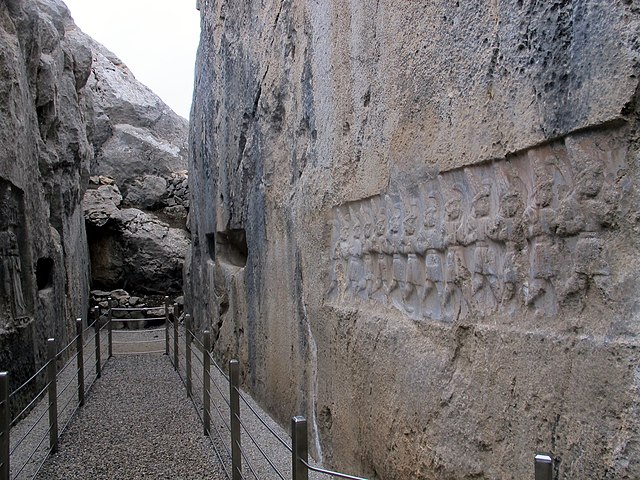
Deciphering the Hittite Language
The recovery of these tablets was only the beginning. The deciphering of the Hittite language was crucial in understanding the texts. Researchers worked painstakingly to decode the ancient words. By the mid-20th century, they had made significant breakthroughs. Knowing the language opened up a treasure trove of historical and cultural knowledge. We learned about the Hittite laws, mythology, and their interactions with neighboring peoples.
Hattusa’s discovery unveiled a trove of architectural wonders, too. Its city walls, intricately designed gates, and expansive temple complexes shed light on the Hittites. These architectural elements demonstrate the society’s sophistication and advanced construction techniques. The city-planning strategies reflected an organized and meticulously managed society.
Today, Hattusa stands as a testament to the Hittite civilization’s achievements. The site continues to captivate researchers and tourists. It stands as a cornerstone of learning in the ancient world. Understanding its ruins and tablets have placed the Hittites in the broader context of regional history. The discovery of Hattusa has been pivotal in piecing together the complex puzzle of ancient civilizations.

Cultural Significance, Dating methods, Theories and Interpretations
Hattusa’s Cultural Impact on the Ancient World
Hattusa was more than a political center; it was a cultural beacon of the ancient Near East. The city influenced nearby regions through its sophisticated art, literature, and religious customs. Its grand temples and palaces reflected the Hittites’ reverence for their gods and their quest for divine favor. The complex mythology and rituals found in Hattusan archives show a rich spiritual life that rippled through their society. This resonated with their neighbors, shaping regional cultural practices.
Unlocking Hattusa’s Age: Dating Practices
Determining the age of Hattusa’s ruins is key to understanding its past. Archaeologists have employed a range of dating methods, including stratigraphy and radiocarbon dating. By examining soil layers and carbon residues, they have traced the city’s timeline back to its origins. These methods reveal the periods of occupation, construction, and renovation throughout Hattusa’s storied history. Dating these layers has brought precision to our knowledge of the Hittite civilization.
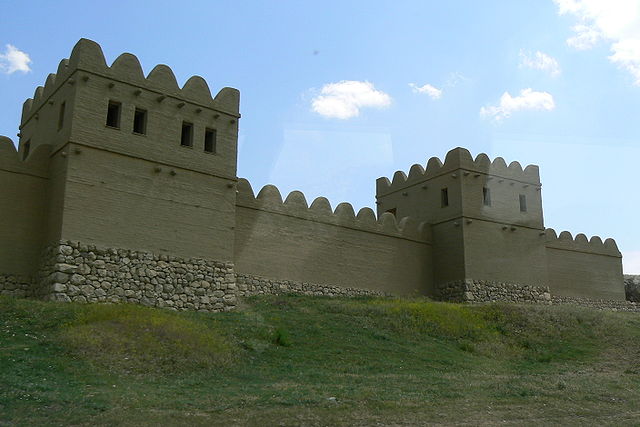
The Mysteries and Debates Surrounding Hattusa
Several aspects of Hattusa remain shrouded in mystery, fostering various theories and debates. The exact causes of the city’s decline, for example, are still not fully understood. Speculations include natural disasters, economic downturns, or invasions. Interpretations of the city’s art and symbols also vary among scholars. These discussions continue to simmer as new findings emerge, keeping the spirit of Hattusa very much alive in academic circles.
Hattusa’s design and layout offer a canvas for interpretations of the Hittites’ daily life. The organization of residential areas, public spaces, and religious sites provides insights into their societal structure. Theorists ponder over the Hittites’ city planning. Questions arise, such as whether it was driven by defense, spirituality, or social hierarchy. These theories shed light on the minds that shaped the ancient metropolis.
The interpretations of Hattusa’s cuneiform tablets present an ongoing journey of understanding. As scholars decode the messages, they form theories about the Hittites’ interactions with other cultures. They find relations with Egypt, Assyria, and other prominent players of the time. These translations enrich the cultural tapestry of the ancient Near East. They also offer glimpses of the diplomatic and trade relationships Hattusa was a part of.
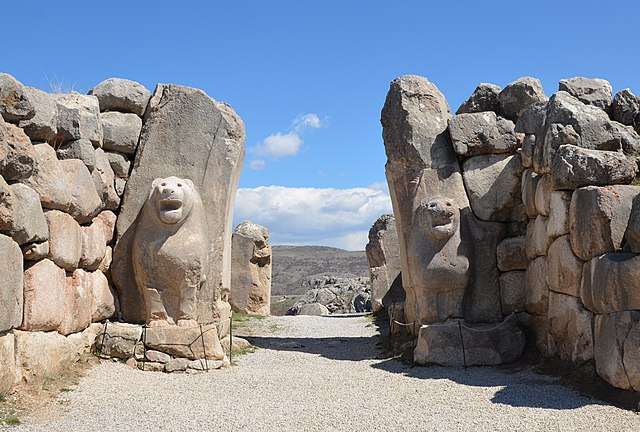
Conclusion and Sources
In conclusion, Hattusa’s extensive history from a burgeoning city to a monumental ruin offers a profound look into ancient societies and their legacies. The cultural influences, architectural advancements, and the scholarly texts unearthed from the site contribute significantly to our understanding of the ancient Near East. The theories and interpretations surrounding Hattusa continue to evolve, as do the methods of dating and analyzing the site’s far-reaching impact. As scholars decipher more texts and unearth more relics, our comprehension of the Hittite empire and its capital may change, but the importance of Hattusa’s story in human history remains undiminished.
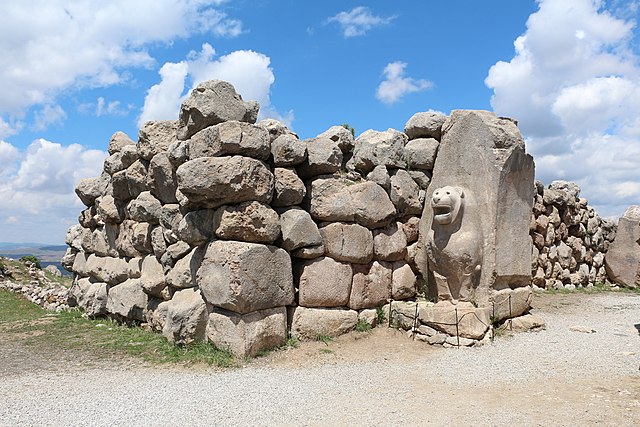
For further reading and to validate the information presented in this article, the following sources are recommended:
Or you can check any of these reputable archaeological and historical texts:
Bryce, T., 2005. The Kingdom of the Hittites. New Edition. Oxford University Press.
Klengel, H., 1999. Hattusha-Guide: A Day in the Hittite Capital. 3rd ed. Istanbul: Yayınları.
Neve, P., 2001. Hattusa: The Capital of the Hittites. Translated from German by J. Hughes. New York: Oxford University Press.

